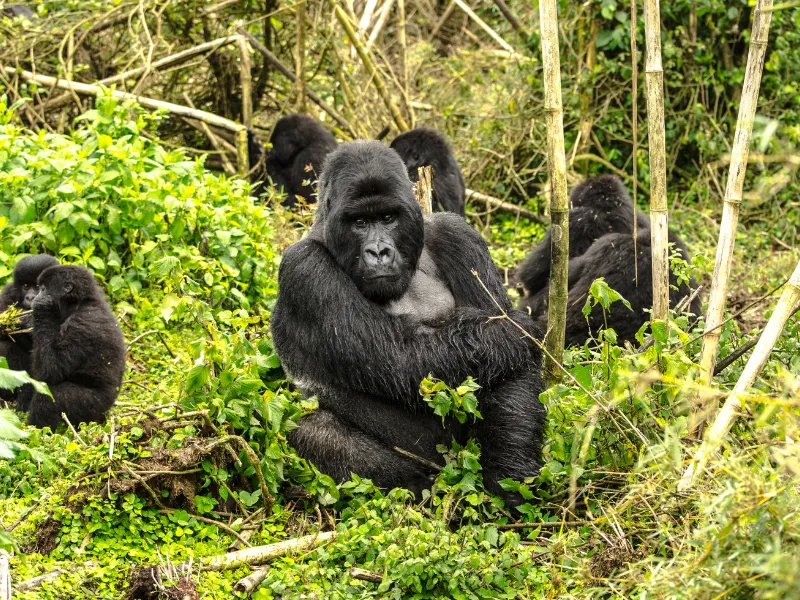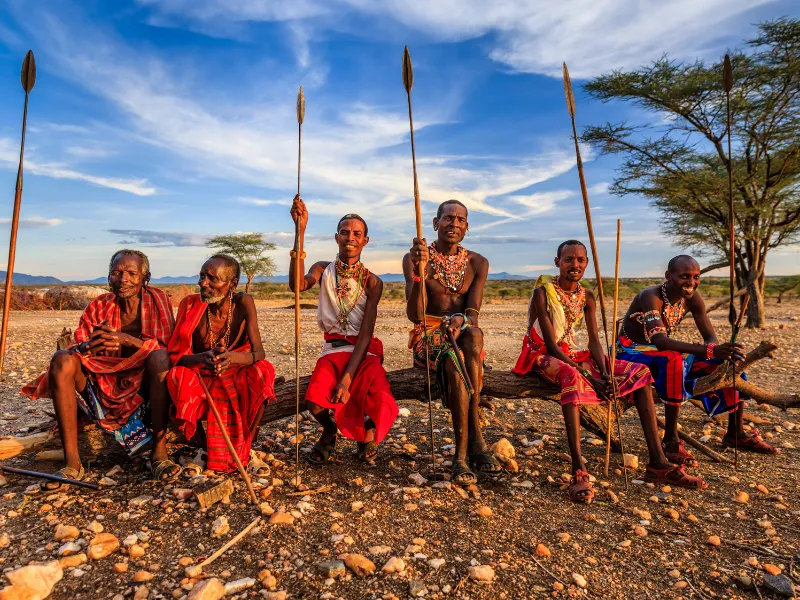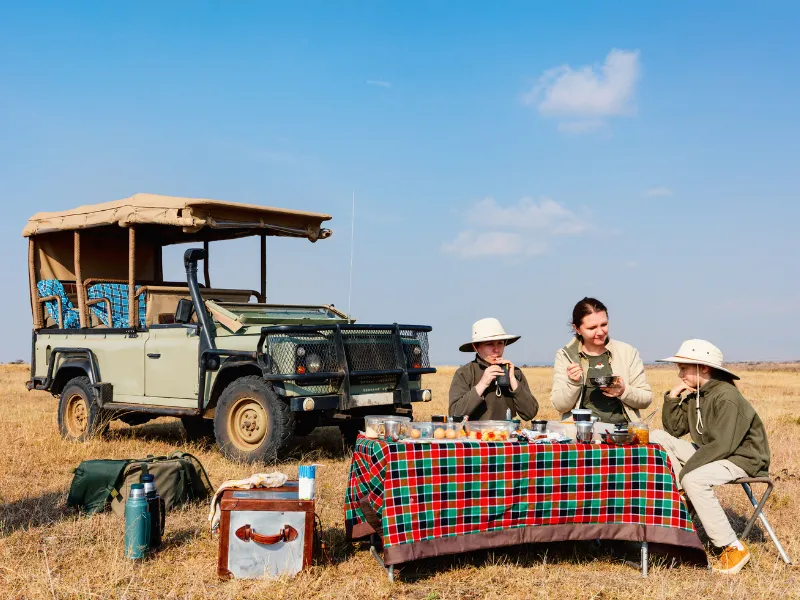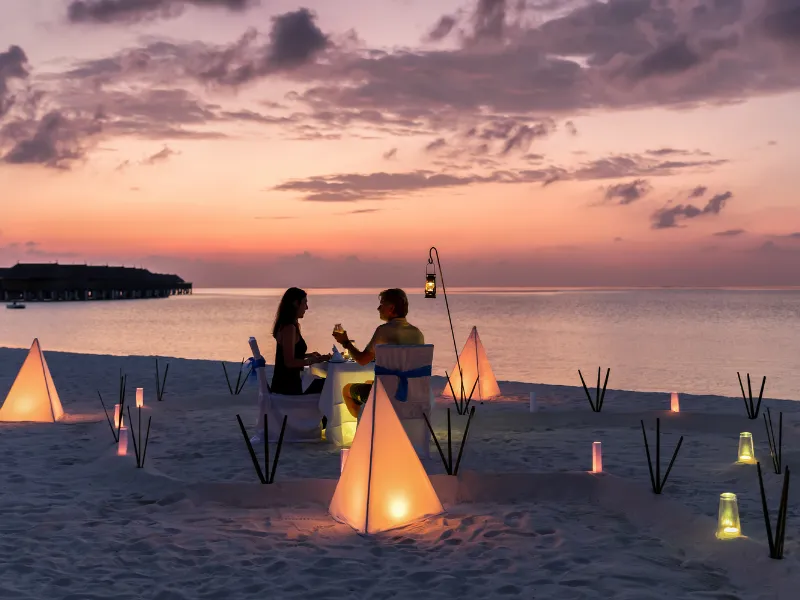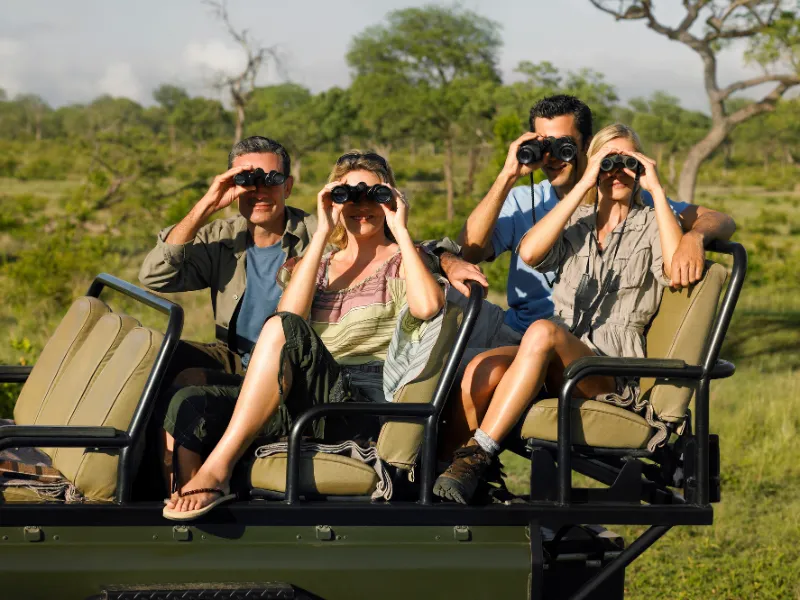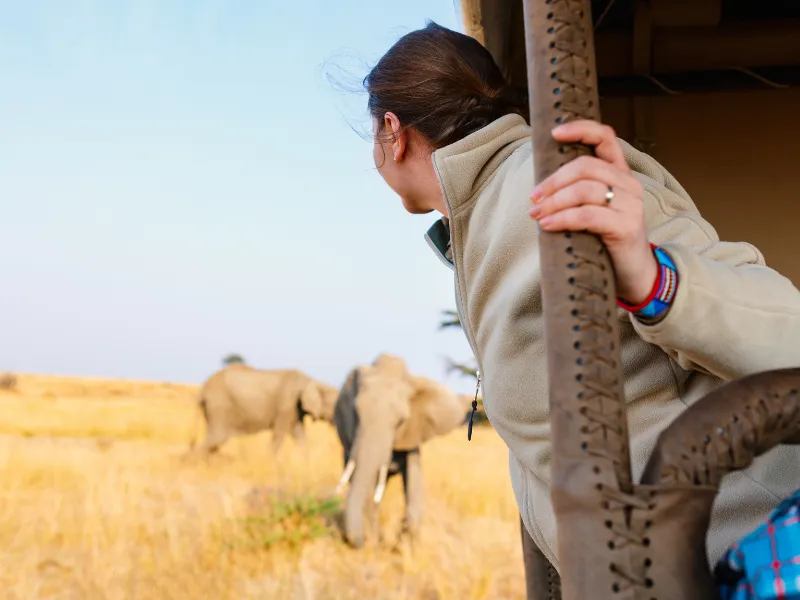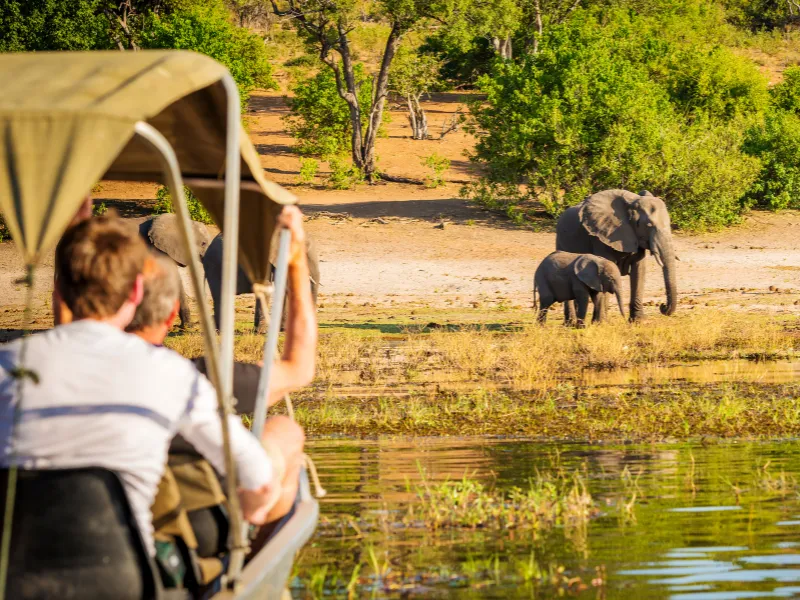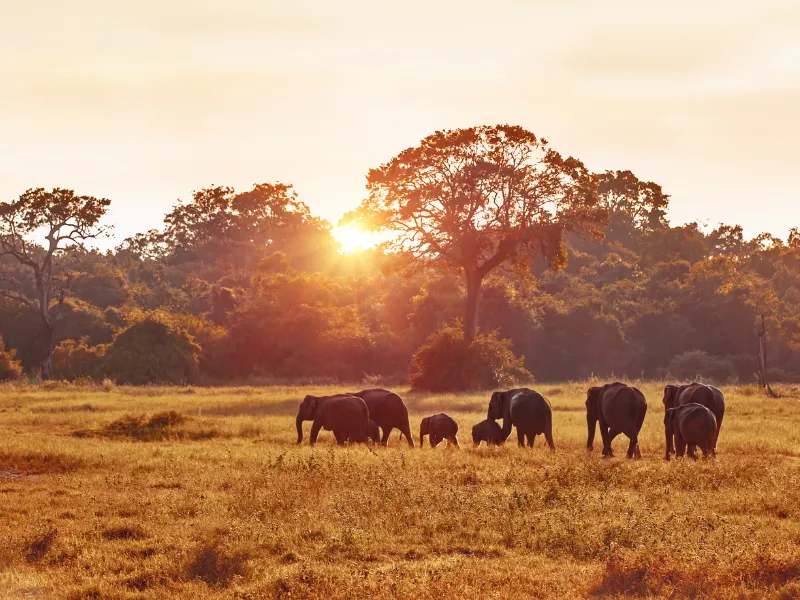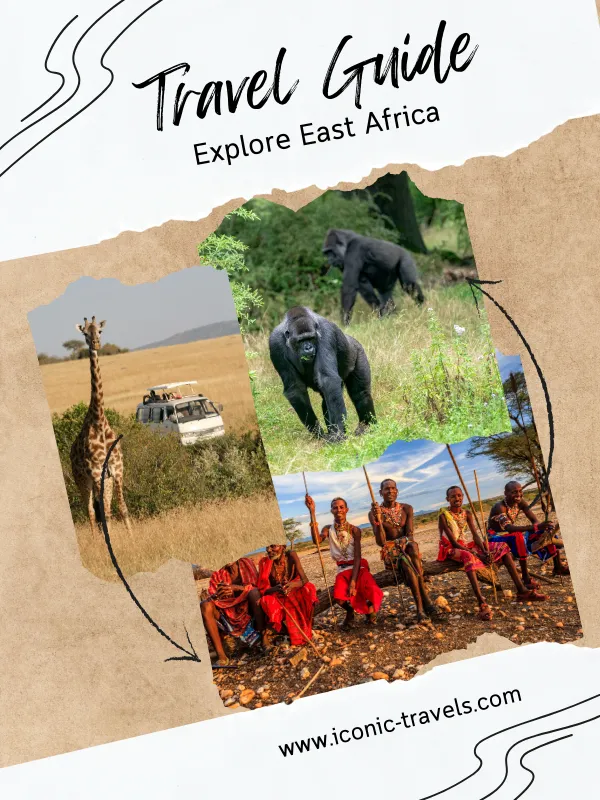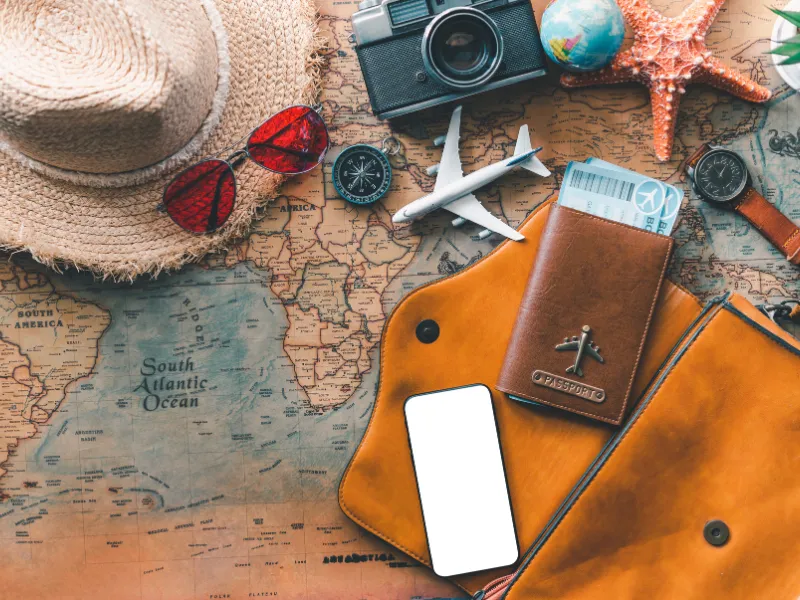The Photographic Safari
Annually, we expertly match over 100,000 proactive individuals seeking expertise in finance, lending, and claims management with experienced advisors and brokers.
The Photographic Safari: A Masterclass in Light, Angles, and Access
I. Introduction: The Art of the Photographic Safari
For the passionate photographer, a safari is more than a journey—it is an expedition to capture the raw, untamed beauty of the natural world. A photographic safari is not left to chance; it is a meticulously tailored experience where every element is optimized to produce stunning, unforgettable images. This is a safari built around the pursuit of the perfect shot, with a keen focus on light, composition, and animal behavior.
The promise of this experience is a safari designed for photographers, by photographers. It includes vehicles custom-fitted for shooting, flexible schedules that revolve around the best light, and the invaluable expertise of professional guides who are also accomplished photographers. This document is a definitive guide to understanding why this specialized approach is essential, what gear to bring, where to go, and how to create a portfolio of images that truly captures the magic of East Africa.
II. Why a Private Photographic Safari Is Essential
A conventional safari is about seeing the landscape; a photographic safari is about a deep immersion into the details of it. This distinction requires a level of customization and control that a shared, standard safari cannot provide.
The Advantage of a Private Vehicle
For photographers, the luxury of a private vehicle is a non-negotiable asset. A private safari vehicle allows for a schedule that is entirely your own, giving you the freedom to linger at a sighting, stay out past sunset to capture the golden hour, or head back to camp for an unexpected mid-day charging session. With a private vehicle and guide, you can direct your driver to a specific location or ask them to reposition the car for the perfect angle, without being concerned about other guests' preferences.
Custom-Configured Vehicles
A great photograph requires space, stability, and an unobstructed view. Photographic safaris often use open-sided or low-slung vehicles with fewer passengers, providing ample room to move and position your camera. These custom vehicles are often equipped with essential accessories like beanbags, foam camera supports, and charging ports to help steady long lenses, a crucial feature for sharp images in a moving vehicle.
Dedicated, Expert Guides
The single most important factor in a successful photographic safari is the guide. Many professional photographic safaris are led by guides who are also accomplished photographers themselves. They understand the technical aspects of photography and can offer advice on camera settings, light, and composition. More importantly, they are skilled at anticipating animal behavior and can position the vehicle for the best shot—knowing when to get closer, when to hold back, and when to turn off the engine to reduce vibrations that can cause a slight blur in an image.
III. Mastering the Light: Best Locations and Timing
The timing and location of a photographic safari are critical, as they dictate the subjects and the quality of the light available. Different seasons offer distinct photographic opportunities, from epic action to serene landscapes.
The Dry Season Spectacle (June-September)
The long dry season, from June to September, is a prime time for wildlife viewing, as sparser vegetation and animals congregating around water sources make them easier to spot. For photographers, this period is synonymous with the Great Migration river crossings in the northern Serengeti and the Masai Mara. While this is a busier time, the drama of thousands of wildebeest and zebra plunging into the water creates high-octane photo opportunities. This is also the season for capturing the iconic image of dust backlit by the golden sun, a natural filter that creates dramatic, atmospheric shots.
The Calving Season Drama (January-March)
The calving season, from January to March, offers a completely different photographic experience. During this time, the wildebeest herds gather on the short-grass plains of the southern Serengeti and the Ndutu area for the birth of hundreds of thousands of calves. This is a time of renewal, but also of intense predator action, as lions, cheetahs, and hyenas prey on vulnerable newborns. For photographers, this period offers a tranquil setting with soft, beautiful light, lush green landscapes, and the chance to capture powerful images of predator-prey dynamics and the tender moments of new life.
The Secret of the Green Season (April-May)
The "green season," from April to May, is a secret known to dedicated photographers and seasoned safari-goers. While many casual tourists avoid this period due to the rains, it offers a dramatic visual experience with verdant landscapes, stormy skies, and a complete absence of crowds. This season provides a unique opportunity for creative photography, with clean air, fewer vehicles, and stunning backdrops that contrast with the dry season’s golden tones.
IV. The Photographer’s Toolkit: Essential Gear & Preparation
A photographic safari is only as good as the gear and preparation that go into it. The following checklist is designed to ensure you are equipped for any opportunity and can manage your workflow efficiently in the field.
Camera Bodies & Lenses
It is highly recommended to bring at least two camera bodies. This not only serves as a backup in case of a malfunction but also allows you to have a telephoto lens on one body and a wide-angle lens on the other, enabling you to switch between them quickly and without exposing the sensor to dust.
Super-telephoto lens: A 300mm+ lens is essential for capturing distant wildlife, with a 100-400mm zoom being a versatile choice for most encounters.
Mid-range zoom lens: A 24-70mm lens is invaluable for capturing animals in their environmental context and for documenting life in and around the camp.
Wide-angle lens: A 16-35mm lens is perfect for capturing the scale of the landscape, dramatic skies, and the immense size of the wildebeest herds.
Teleconverter: A teleconverter (e.g., 1.4x) can extend the reach of your primary lens, which is especially useful for photographing birds or distant subjects.
Support and Accessories
Support: A beanbag is the most practical and effective support for a long lens on a game drive vehicle, as tripods are not a viable option in a moving vehicle.
Accessories: Bring plenty of spare batteries and memory cards, as you will likely take far more photos than you anticipate. A portable backup drive is essential for daily backups of your images, as is a laptop for review and editing.
Dust Protection: A simple camera cleaning kit, including an air blower and lens cloths, is a must-have, as dust is a constant presence on the savannah.
Power and Data Management
Many camps operate on solar or generator power, so it is crucial to have a plan for charging. Pack a power board with multiple outlets and a power adapter for the country you are visiting. Some vehicles are even equipped with USB ports, allowing you to charge batteries on the go. Backing up your photos each night is a critical step in preserving your work; many photographers use a portable hard drive or a cloud service for a redundant backup.
V. The Value of Private Conservancies and Specialist Hides
For the serious wildlife photographer, a safari in a private conservancy or reserve offers a distinct and superior experience to a national park. This is where the rules are more flexible and the photographic opportunities are more intimate.
The Freedom of Off-Road Driving
In national parks like the Serengeti and Masai Mara National Reserve, game drives are restricted to designated roads and tracks to protect the environment. In private conservancies, however, off-road driving is usually permitted, which is a significant advantage for photographers. A guide can drive off-road to position the vehicle for the best light and angle, a crucial factor in getting a shot that stands out.
Exclusive Activities and Photographic Hides
Private conservancies and reserves allow for activities that are forbidden in national parks. Night drives, for example, are a game-changer for photographers, offering the chance to photograph nocturnal animals such as leopards, civets, and honey badgers.
For the photographer seeking a truly unique experience, there are also specialist photographic hides. Located in Kenya and Tanzania, these hides are camouflaged, often sunken structures near waterholes or a river that allow photographers to capture wildlife from a ground-level perspective. This creates stunningly intimate and unique images that are impossible to get from a safari vehicle. Camps such as Nimali Tarangire have underground hides that are accessible day and night, offering a unique opportunity to photograph predators and birds coming to drink after dark.
Specialist Workshops
In addition to custom safaris, several companies offer dedicated photographic workshops and tours in East Africa. These are led by expert wildlife photographers and guides who provide hands-on training and mentorship, helping participants hone their skills in the field. These workshops cater to all skill levels, from beginners learning camera basics to advanced photographers looking to capture intricate action shots.
VI. The Ethical Photographer: Guidelines for Responsible Shooting
For the wildlife photographer, the pursuit of a great image must never come at the expense of an animal's welfare. Ethical considerations are paramount, and a responsible approach ensures that the experience is a positive one for all involved.
Prioritize Animal Welfare
The primary rule of ethical photography is to put the welfare of the animal first. Do not request off-road or close approaches that stress or disturb wildlife. A long telephoto lens allows you to capture detailed shots without encroaching on an animal's comfort zone, and a patient approach is key. If an animal's behavior changes because of your presence—if it becomes alert, stiffens, or moves away—it is a clear sign that you are too close, and it is time to back off and give it space.
Ethical Conduct in the Field
Silent Shutter: Use a silent shutter mode on your camera to avoid startling animals with a loud clicking sound.
No Flash: Flash photography is strictly forbidden for nocturnal animals and is not allowed during gorilla trekking, as it can temporarily blind and disorient them.
Respect the Rules: Never lure animals with sounds or food (known as baiting) to get a better shot. This alters their natural behavior and can create a dangerous dependence on humans.
Be a Voice for Conservation: Use your photography to tell a story about conservation. Share information about the species and its habitat, and use your images to raise awareness about the challenges that wildlife faces.
VII. FAQs: All Your Photography Questions Answered
Q: What does a typical daily schedule look like?
A photographic safari day is structured around the light. A typical day begins before dawn with a pre-drive coffee around 5:30 a.m.. You will depart early to catch the “golden hour” light and the predators returning from their nightly hunts. The morning drive often includes a bush breakfast and a return to camp by midday for lunch. The afternoon is dedicated to backing up photos, charging batteries, and resting. The afternoon game drive begins around 3:30 p.m., in time to capture the afternoon light and sunset silhouettes. If in a private conservancy, you can continue the drive after dark for night photography. The evening concludes with a relaxed dinner and time to review and edit images.
Q: What about camera gear and luggage weight limits?
Most small charter flights in East Africa have strict luggage weight limits, often around 15 kg (33 lbs) per person, and require soft-sided duffel bags. This includes all of your camera gear. It is crucial to pack only the essentials and to wear your heaviest items, such as hiking boots, on travel days.
Q: Can I hire a specialist guide or join a workshop?
Yes. There are several reputable companies and professional photographers who lead photographic tours and workshops specifically in East Africa. Companies like Apex Photo Safaris and African Jungle Adventures offer specialized safaris for photographers of all skill levels across Kenya, Tanzania, Uganda, and Rwanda. Similarly, renowned photographers like Art Wolfe offer tours focused on the Serengeti and the mountain gorillas of Rwanda and Uganda. This ensures expert coaching and that logistical details are handled, allowing you to focus on capturing the perfect shot.
Ready to Explore More?
Our travel experts are ready to start creating your customized trip.
Destinations
Company
Follow Us
© 2025 Iconic Travels. All Rights Reserved.


